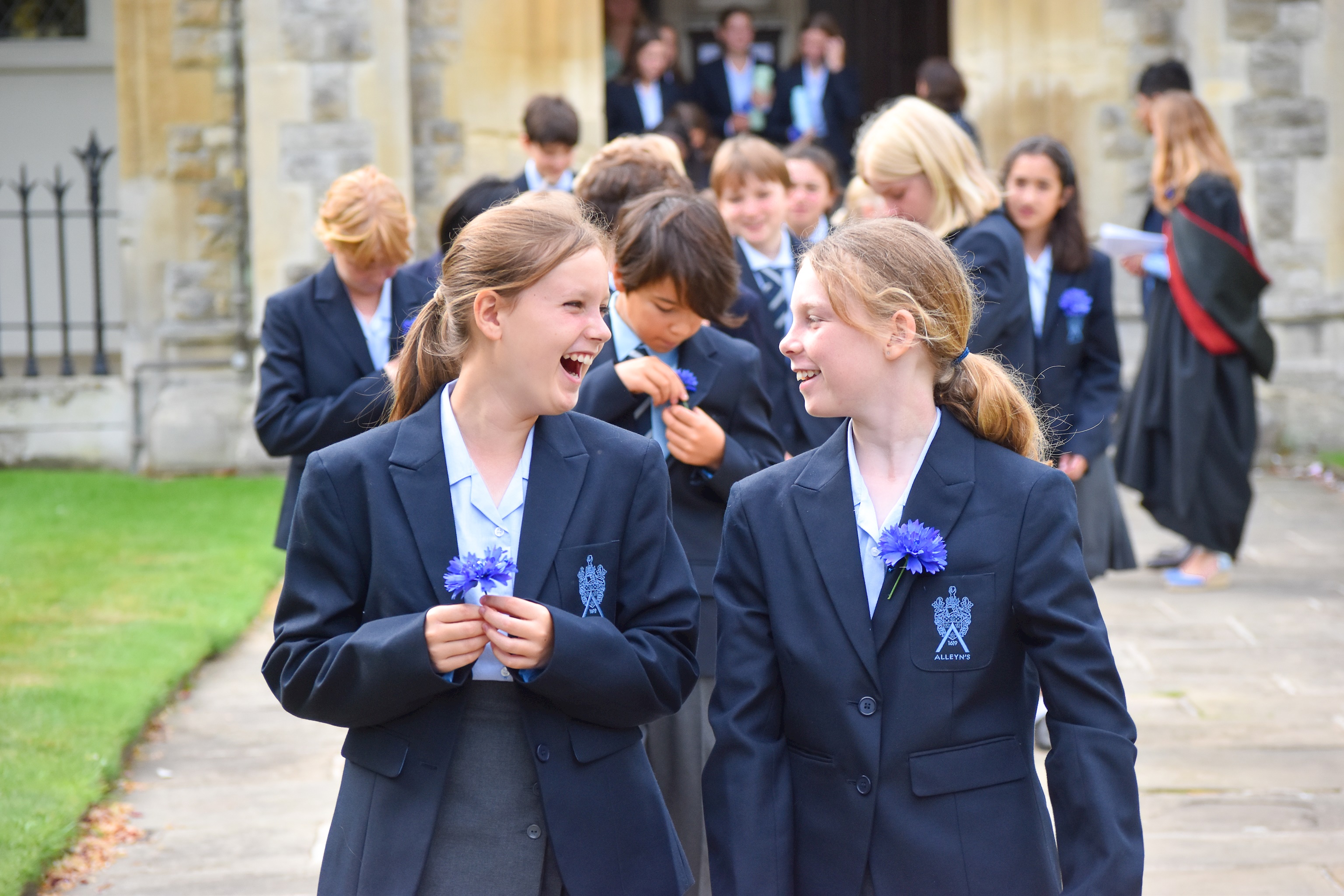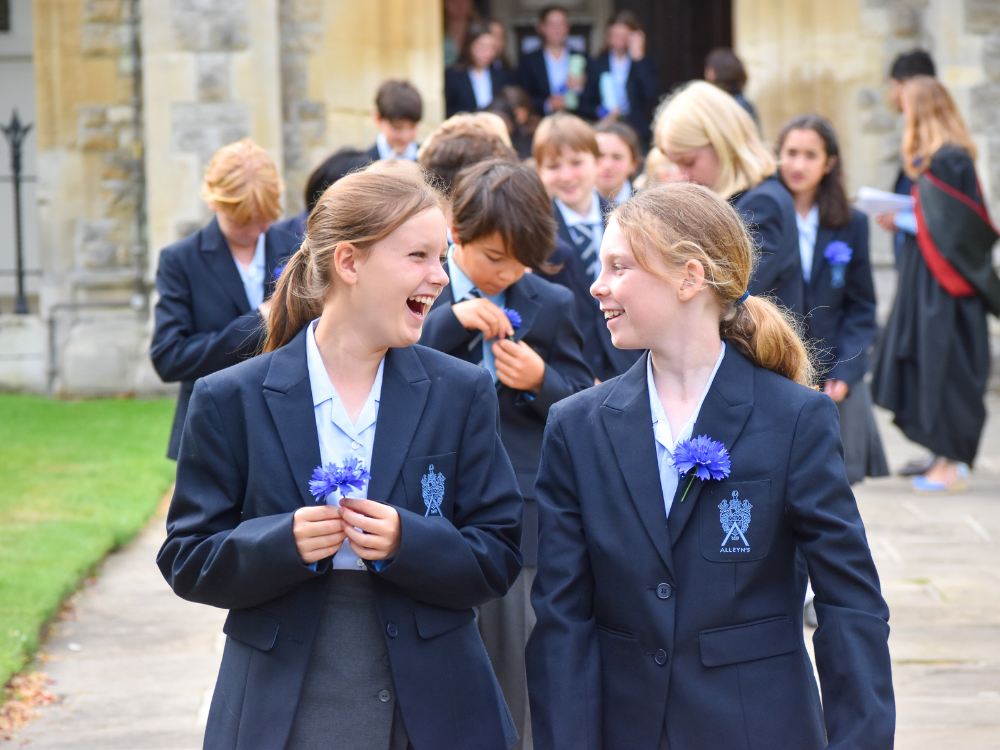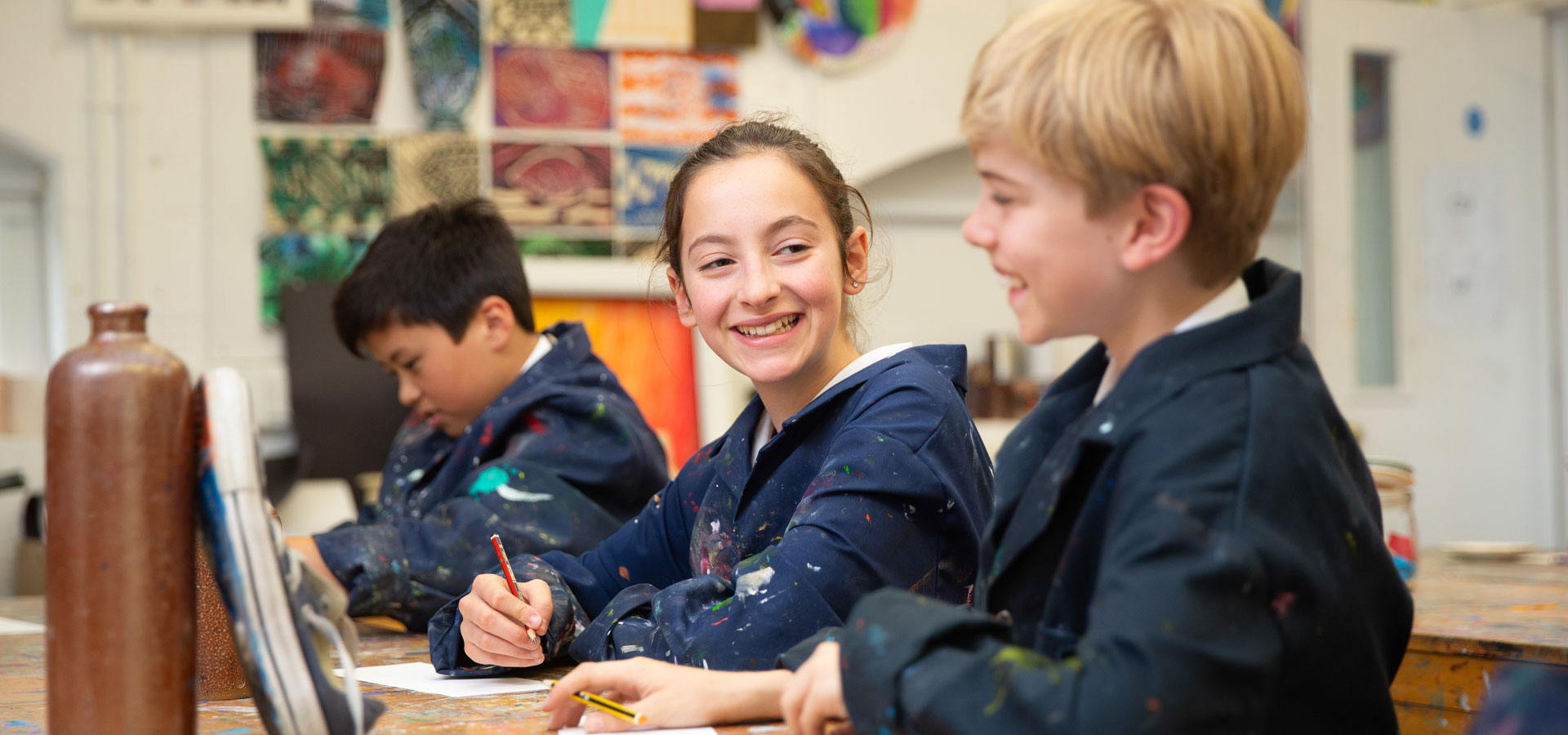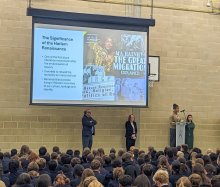Black History Month kicked off this morning with an assembly given by our Minority Student Union (MSU) to the whole school. Here is the full transcript:
Hi everyone, we are the Minority Student Union and October is Black History Month in the UK. This year’s theme is ‘saluting our sisters’ and today we’ll be taking to you about the Harlem Renaissance.
The Harlem Renaissance was the development of the Harlem neighbourhood in New York City as a Black cultural mecca in the early 20th Century and the subsequent social and artistic explosion that followed. Lasting roughly from the 1910s through the mid-1930s, the period is considered a golden age in African American culture, manifesting in literature, music, stage performance and art.
The northern Manhattan neighbourhood of Harlem was initially meant to be an upper-class white neighbourhood in the 1880s, but rapid overdevelopment led to empty buildings and desperate landlords seeking to fill them.
In the early 1900s, a few middle-class Black families from another neighbourhood known as Black Bohemia moved to Harlem, and other Black families followed. Some white residents initially fought to keep African Americans out of the area but failing that many white families eventually fled. From 1910 to 1920, African American populations migrated in large numbers from the South to the North. By 1920, some 300,000 African Americans from the South had moved north, and this became known as the Great Migration.
Once settled, an unprecedented outburst of creativity among African Americans occurred in all fields of art - some artwork is shown on this slide. African American artists, writers, musicians and performers were a part of a great cultural movement in various sections of New York. This cultural movement ultimately became known as the "Harlem Renaissance."
More than a literary movement and more than a social revolt against racism, the Harlem Renaissance exalted the unique culture of African Americans and raised racial consequences; and African Americans themselves were encouraged to celebrate their heritage.
One of the key figures of the Harlem Renaissance was Langston Hughes. He was a major leader of this movement, and one of the first artists to write jazz poetry. In his attempts to bring people together he challenged the nation to live up to its ideals by writing pieces of work such as ‘I too sing America’ and ‘Montage of a Dream Deferred’. He wrote in many forms and genres, such as poetry, short stories, drama and autobiography.
In 1926 he wrote an essay that ultimately became a manifesto for young black American writers and artists, in which he asks them to take pride in their blackness and their black heritage.
Another famous person of the Harlem Renaissance is Ma Rainey, who was known as the “Mother of the Blues”. Her music was playing as you walked in. She is said to have inspired poetry by Langston Hughes, and after divorcing her husband, she went on to have her own successful career, playing with greats like Louis Armstrong and releasing her first record with Paramount Records in 1923. Rainey and her friend Bessie Smith were part of an extensive circle of lesbian and bisexual African American women in Harlem. She loved dressing the part of a blues diva in sequinned gowns with lots of jewellery. Her trademark necklace was one made of gold coins which you can see on the bottom left.
So, why was the Harlem Renaissance so significant? I think a good way to answer this question is by considering what the world would have been like without it. It was one of the first black liberation movements after the emancipation of slavery. It was the culmination of thousands of black workers migrating from the south and starting new lives in a completely foreign place.
It was an expression of freedom – it worked to rebuild the humanity so many had lost. Without these foundational steps, the civil rights movement of the 60s likely wouldn’t have happened at the time that it did – and much of American culture, music, art and literature wouldn’t have developed. These were more than just artists, they were revolutionaries – restoring intellectual justice and spirit to a community previously broken apart. Today, they remind black people living in Western countries like the USA and here in the UK, of our culture, heritage and identity – and the fact that we can make a difference and are an important part of society.
Beyond this, they should be an inspiration to all, reminding us that through our creations we can bring people together and celebrate the things that make us unique whether that be sexuality, racial identity, gender, neurodivergence...




.jpg)

.jpg)





















